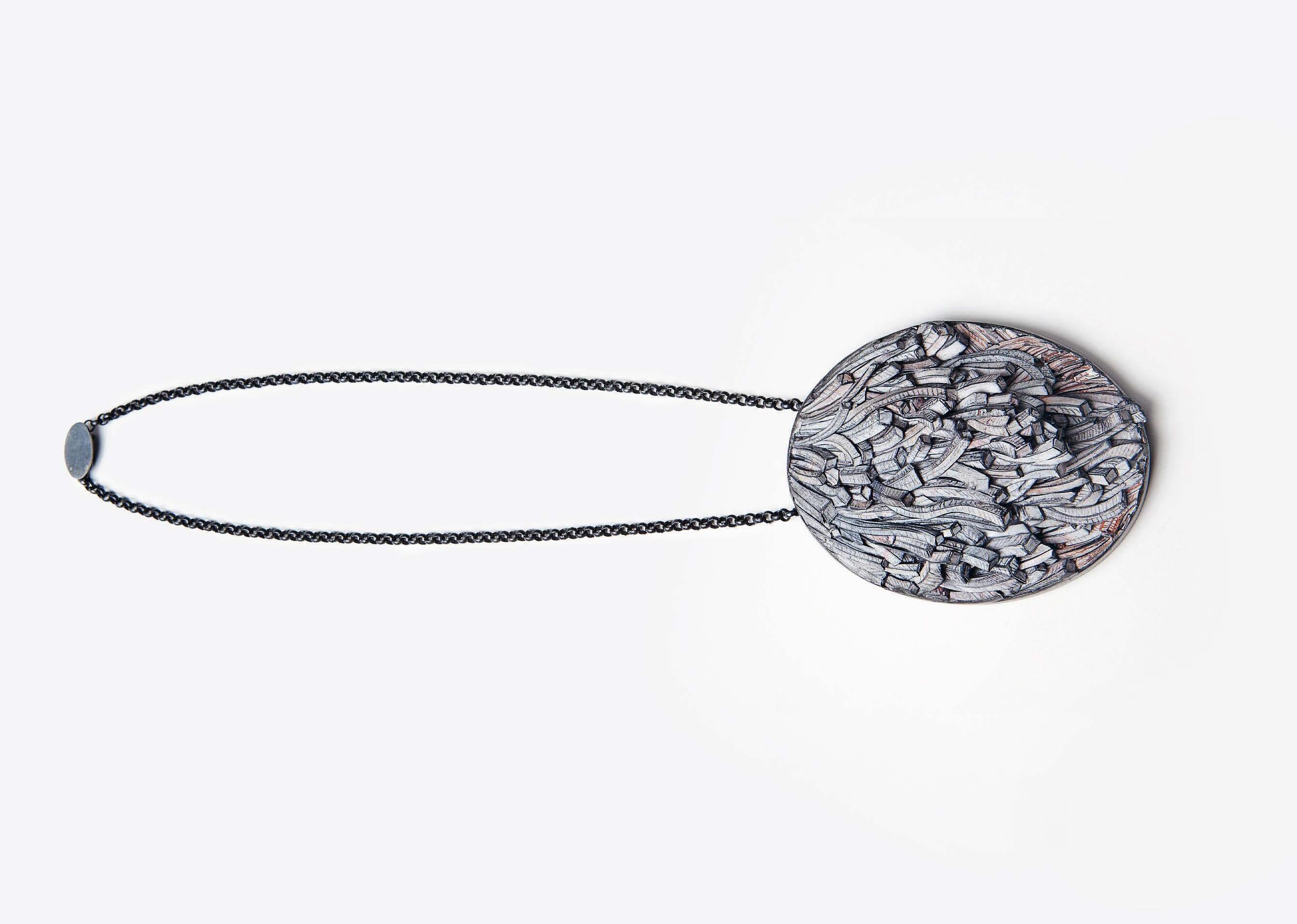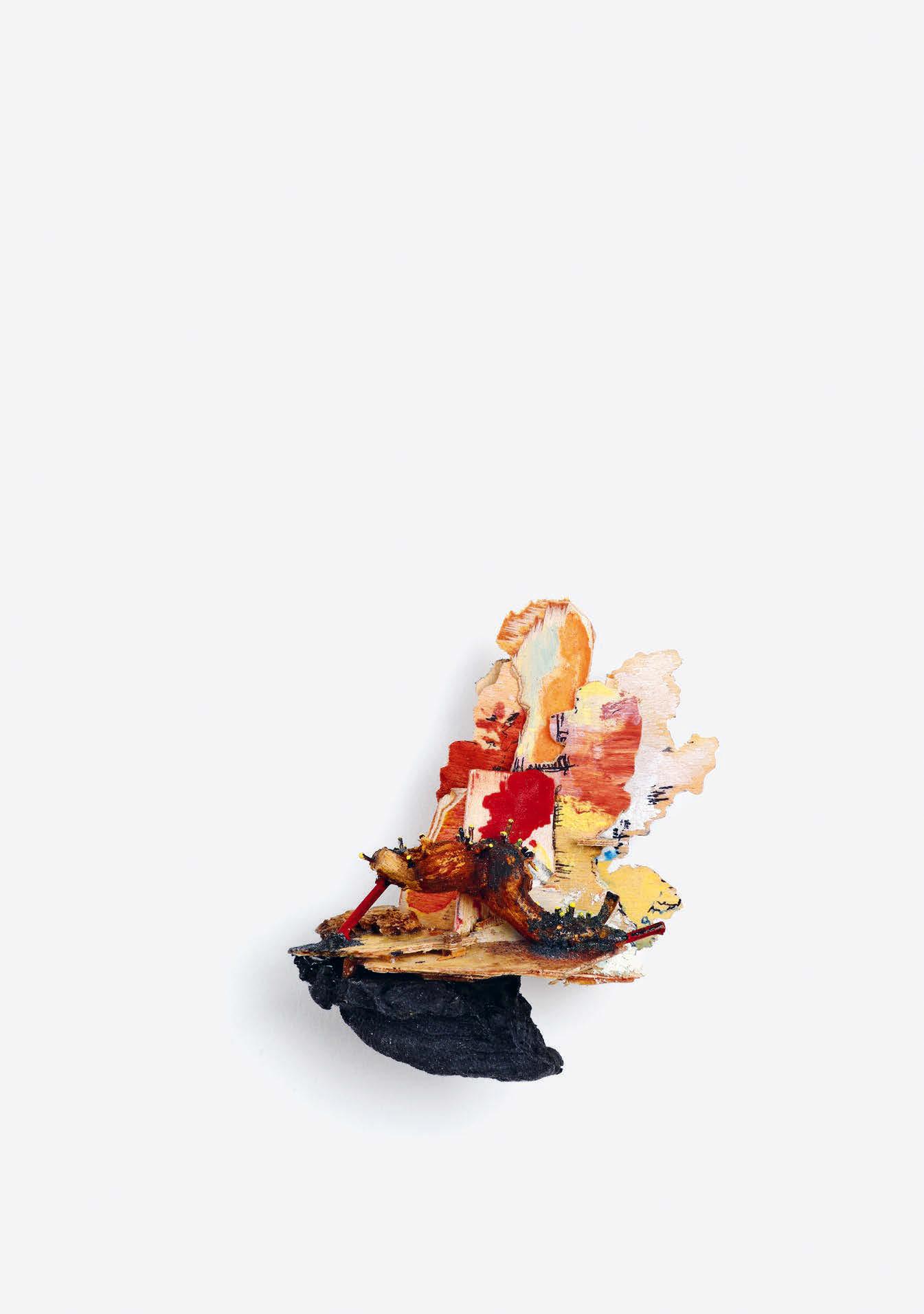
5 9 20 21 32 50 51
Glenn Adamson SMALL WORLDS, AFTER ALL
TERRA MUTANTICA
Sool Park CORDYCEPS
CORDYCEPS SURVIVORS
MATTER OF PERSPECTIVE
Sool Park SILENT DOWNFALLS, ALWAYS GAZING UPWARD
DIORAMAS
PRAYER NUTS
GERMAN TEXTS
Attai Chen CV




Glenn Adamson


5 9 20 21 32 50 51
Glenn Adamson SMALL WORLDS, AFTER ALL
TERRA MUTANTICA
Sool Park CORDYCEPS
CORDYCEPS SURVIVORS
MATTER OF PERSPECTIVE
Sool Park SILENT DOWNFALLS, ALWAYS GAZING UPWARD
DIORAMAS
PRAYER NUTS
GERMAN TEXTS
Attai Chen CV




Glenn Adamson
Stop reading. Look up from the page. What do you see? The interior of a room, probably, its various lines of ceiling, walls, and floor converging. Or, if you happen to be outside, then a landscape, receding to the horizon. The things in view diminish with distance, along a sliding scale of scale itself.
Now, a question: who taught any of us to see this way? In terms of perspective, that is, and vanishing points, and horizons, and relative scale. All of these concepts seem so natural to us, so self-evident. Yet if we look at the art of most places and times, whether prehistoric or medieval, Chinese or Mayan, we do not see such pictorial devices. Space is instead conjured in other ways, sometimes accumulated into a density, sometimes floating free, across a range of visual effects as various as human societies. This suggests a truth as perplexing as it is seemingly undeniable: vision is a culturally specific phenomenon, and the means we use to represent what we see are technologies, as artificial as any machine. There is nothing self-evident or inevitable about them.
This, at any rate, is what Erwin Panofsky thought. In a short book called Perspective as Symbolic Form (1924), he retraced the course of European art history from the vantage point of, well, vantage points. He argued that methods of representation closely tracked other contemporaneous branches of thought, such as mathematics and philosophy. The 14th century, he thought, marked a crucial inflection point; this was when artists like Duccio and Giotto began conceptualizing their paintings not as sacred icons, objects to embellish, but as transparent windows on the world. As Panofsky put it, they set the disjecta membra [disjoined fragments] of Gothic space into a new unity. 1 Gradually, this became a dominant way of showing, and hence seeing, the world. The new “general projective geometry” was a momentous shift in humanity’s sense of itself, “as much a consolidation and systematization of the external world, as an extension of the domain of the self.” 2
1 Erwin Panofsky, Perspective as Symbolic Form, New York 1991, p. 55.
2 Ibid., pp. 70 and 67–68.
Where does it all deposit us? A clue comes via one of Chen’s favorite books, David Hockney’s Secret Knowledge (2001), which has been as influential a re-scripting of art history in our own time as Panofsky’s Perspective as Symbolic Form was in his (the two texts are profitably read in parallel). Hockney mounts a convincing case that paradigm shifts in representation—the sudden, mesmerizing verisimilitude that arose in Dutch painting in the seventeenth century, for example—are usually best explained as the result of improving technology, especially camera obscuras and other lensbased apparatus. (Hockney explains the relative lack of documentary evidence for such devices by hypothesizing that they were closely guarded trade secrets, hence his book’s title.) While Chen wasn’t literally using assistive technology in this way, it is impossible to believe that his work would take the forms that it did were it not for the prevailing conditions of vision in our time, which are, of course, digital in nature. Computers see without actually looking. The internet creates the illusion that all points of reference are instantly available while also thoroughly decontextualizing them. As the artist-theorist Hito Steyerl observed in her 2011 essay “In Free Fall,” a postmodern response to Panofsky’s argument, the “stable and single point of view is being supplemented (and often replaced) by multiple perspectives, overlapping windows, distorted flight lines, and divergent vanishing points.” 5
Chen offered a counterpoint to this fractured, infinite sea of immaterial imagery, responding to the frictionless flow of the present—the distraction machine that we all inhabit, in which truth and falsity are inextricable entwined—with his own, equally fluid but exquisitely crafted microcosms. They are “fabrications” in every sense of that word: made up from scratch, putting on a good show, at once assertively tangible and entirely elusive. Hold one in your palm, and take a close look: what you’ll see is a world nothing like our own, which nonetheless grasps it whole.
5 Hito Steyerl, “In Free Fall,” e-flux Journal 24 (April 2011), https://www.e-flux.com/journal/24/67860/in-free-fall-athought-experiment-on-vertical-perspective/










IT FILLS US. WE ARRANGE IT. IT COLLAPSES.
WE ARRANGE IT AGAIN, AND COLLAPSE OURSELVES.
Rainer Maria Rilke, The Duino Elegies (8th Elegy)
Like all optical media, our eyes refract light. What we see, therefore, is always what has been refracted, never reality in its entirety. Indeed, seeing is refracting, that is the ancient truism on which modern philosophy is premised, and so is all the talk about our only having images of things, never the things themselves. What philosophers themselves produce are, however, also merely images, that is, images of the world. On the other hand, whereas philosophy, exhausted, is gradually ceasing to project fresh world views, the men and women who are artists now seem to be the better philosophers. Usually unwittingly, they let ideas filter through in their successful works that grasp our innermost being and channel it into a new visibility. In that sense, an artwork is a “model of reality,” 1 or a microcosm.
In Attai Chen’s recent works, we have two competing models for seeing: two world views that confront each other, or, one could say, two types of stages. One world view (Dioramas) is centrifugal, attesting to refraction; the second (Prayer Nuts) dreams, on the other hand, of concentric wholeness and regeneration. Does this represent a clash between them, or rather a compensatory relationship? Both would seem to be the case here—just as light and dark cancel each other out yet are merely two sides of one thing. Nietzsche, too, writes of a healing light that appears to him who has gazed too deeply into the abyss. 2 Thus the two world views are mutually evocative, just as dreams successively appear, interpret each other, and at the same time are perplexing.
1 Ludwig Wittgenstein, Tractatus Logico-Philosophicus, 2.12.
2 Friedrich Nietzsche, Kritische Studienausgabe (Geburt der Tragödie: The Birth of Tragedy), vol. 1, p. 65.








↖
|
←
|
|
|
|
|
|
|
|
|
|
|




↓ Untitled | Brooch | 2021–23 | Wood, paper, paint, carborundum, silver, stainless steel | 75 × 60 × 32 mm
← Untitled | Drawing | 2022 | Cardboard, acrylic, pencil | 252 × 177 mm











